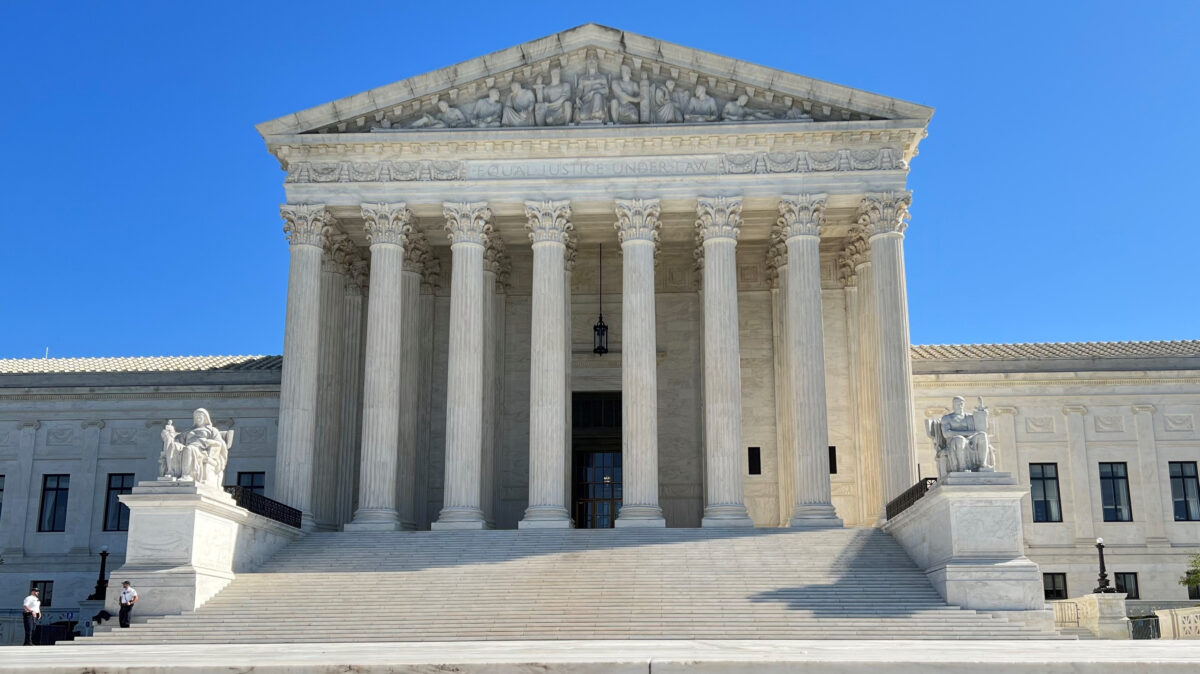A Prime Opportunity to Bring Balance Back
Zippy Duvall
President

photo credit: AFBF photo by Mike Tomko
Zippy Duvall
President
With a few new calves on our family farm, we have gotten a chance to pull out the old-fashioned milking stool. It’s a simple design, but those three legs keep you steady. It reminds me of how our government was designed with that same idea of balance—three branches, each with equal powers and supporting our nation as a whole. Our nation’s Founding Fathers knew that balance would be important for each of the branches to keep each other in check. None become too powerful, so that the public interest is always served.
But over the past 40 years, our government has fallen out of balance. You may not have heard of the term “Chevrondeference,” but you have most likely felt its effects. Chevron deference is a judge-made rule that allows federal agencies – not courts – to decide the meaning of federal statutes. To put it simply, Chevron deference multiplies the power of federal agencies and undermines the very principles of separation of powers.
The Supreme Court created Chevron deference in the 1980s in the case of Chevron U.S.A., Inc. v. Natural Resources Defense Council, Inc. The Court ruled that Congress had delegated clean air policymaking power to the Environmental Protection Agency. Since then, administrations have used this precedent as a blank check to write regulations without clear backing in the laws written by Congress.
Chevron deference created a super-branch of government, and the Supreme Court now has the chance to bring the balance back.
The Supreme Court is revisiting the issue this week in two related cases, Relentless, Inc. v. Department of Commerce andLoper Bright Enterprises, Inc. v. Raimondo, Sec. of Commerce. The cases will determine whether a federal agency overstepped its bounds by requiring fishermen to pay the cost of having federal observers on their boats, even though Congress never explicitly authorized that requirement.
So why does it matter for more than the fishermen in the case? Chevron deference has given lawmakers a pass to avoid addressing difficult issues. Instead, they can pass vague laws and then rely on federal agencies to create the rules we must live by. But the heads of federal agencies are not elected by the people or held accountable by voters. Shifting this kind of power to federal agencies puts our government out of balance. And, once a new rule is in place, federal courts must defer to the agency’s interpretation of whether the rule is lawful. We have seen how that works out…
The Waters of the United States Rule, or WOTUS, is just one example of the damage done by Chevron. Farmers have experienced the messy effects and uncertainty, firsthand. In just eight years, the government issued three sets of rules, leaving farmers, homebuilders, states, and local governments in constant regulatory uncertainty. Many aspects of that rule clearly exceeded the authority Congress granted the agency under the Clean Water Act.
The Supreme Court eventually, and unanimously, struck down a key element of WOTUS, with the justices admonishing EPA for exceeding its legal authority. It was encouraging that the highest court checked EPA’s overreach, but for years lower courts deferred to EPA’s growing view of its own power. And, unfortunately, the story still isn’t over, as EPA continues to find ways to extend its reach through a new WOTUS rule.
The Founding Fathers recognized the dangers of granting one branch of government too much power. Their vision of equal powers helped build a nation that has given countless Americans the opportunity to succeed. But Chevron deference created a super-branch of government, and the Supreme Court now has the chance to bring the balance back.
Trending Topics
VIEW ALL